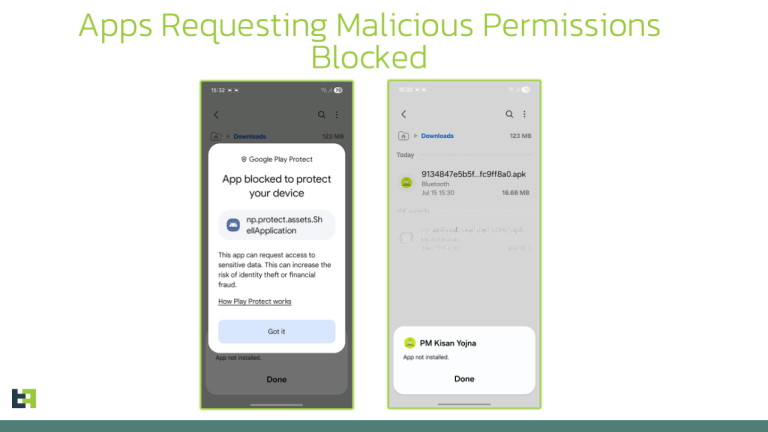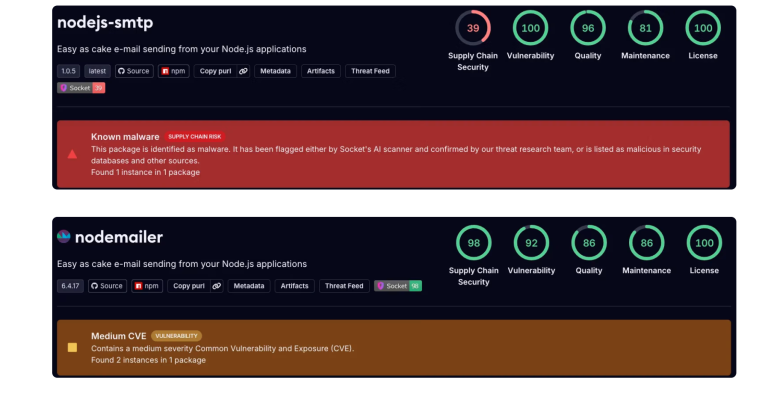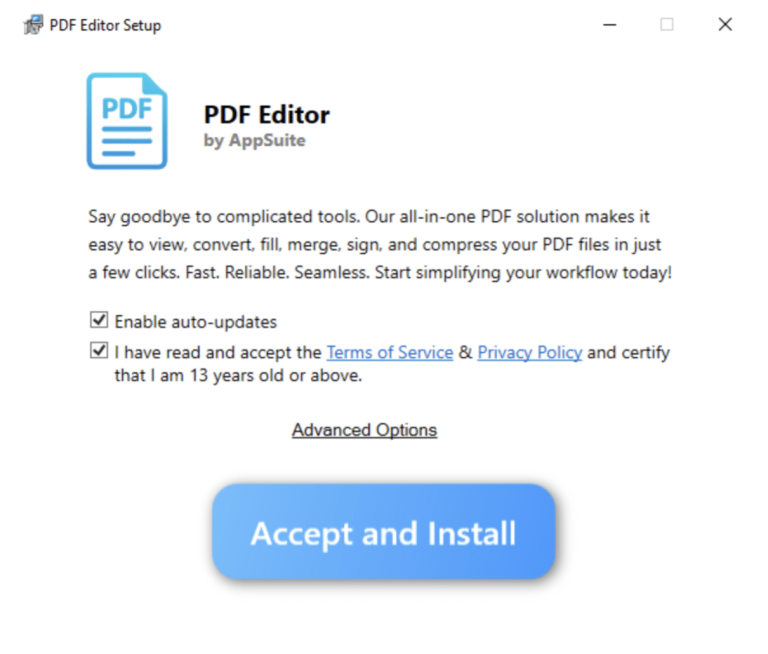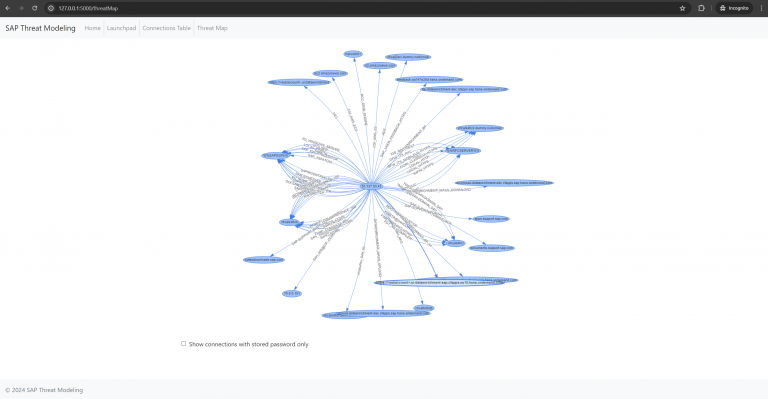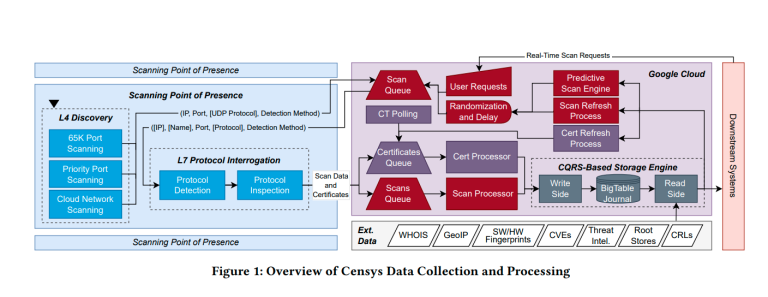
The Swiss foundation Radix, engaged in healthcare-related initiatives, has fallen victim to a ransomware attack. As a result of the cyber intrusion, the perpetrators exfiltrated and encrypted data, which was later disseminated on the dark web. Among Radix’s clientele are various departments of the Federal Administration, prompting significant concern within government circles.
The incident was swiftly detected, and following an initial assessment, Radix’s leadership notified the National Cyber Security Centre (NCSC). Experts from the center have since launched an investigation and are actively working to uncover the circumstances surrounding the breach.
Although Radix does not possess direct access to the internal systems of the Federal Administration, the attackers were unable to infiltrate those government networks. Nevertheless, the ongoing investigation seeks to identify which specific departments and datasets were compromised. The National Cyber Security Centre is coordinating subsequent actions in close collaboration with Radix leadership, law enforcement authorities, and all affected federal entities. Additional details will be disclosed to the public as they emerge.
Ransomware remains one of the most prevalent threats in the cybersecurity domain. Criminal actors typically gain unauthorized access to an organization’s systems, exfiltrate sensitive data, and then encrypt it—demanding a ransom for its return. If the demands go unmet, they threaten to release the stolen information. Continued refusal to comply often results in the gradual publication of the data, thereby intensifying pressure on the victim.
In Radix’s case, this well-established extortion model was executed in full: the stolen data has surfaced on illicit platforms, and the analysis of the disclosed content is only just beginning. Specialists are now examining the scope of the breach to assess the extent of the damage and the potential repercussions for both governmental institutions and the public.
